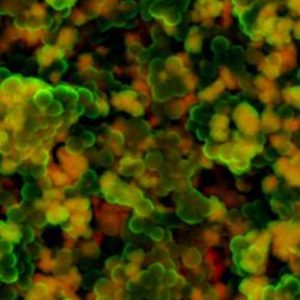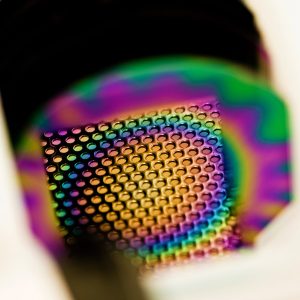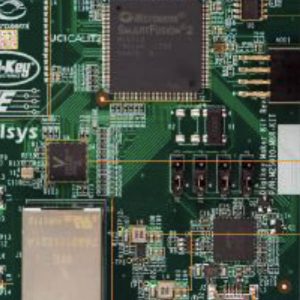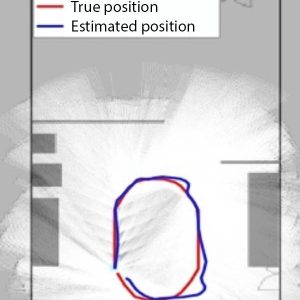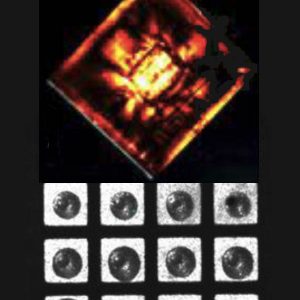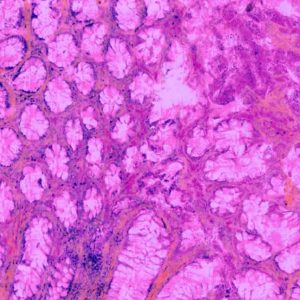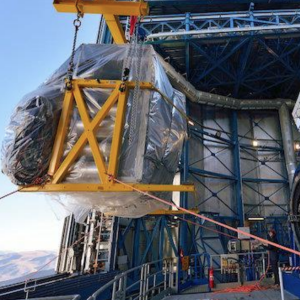The research project Echobrain aims to innovate in transcranial ultrasound (US) imaging. Indeed, brain echography could be much more accessible than the current used techniques Xrays or Magnetic Resonance Imaging (MRI) but remains challenging due to strong attenuation and aberration of the US beam when crossing the skull bone. The quality of transcranial echography can...
This website uses cookies so that we can provide you with the best user experience possible. Cookie information is stored in your browser and performs functions such as recognising you when you return to our website and helping our team to understand which sections of the website you find most interesting and useful.


